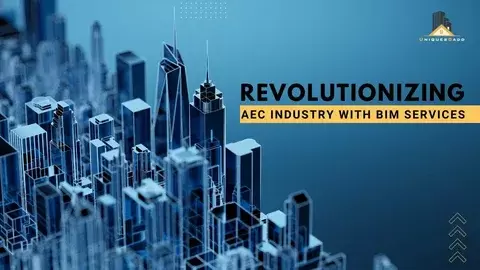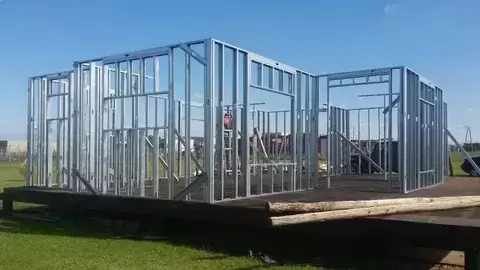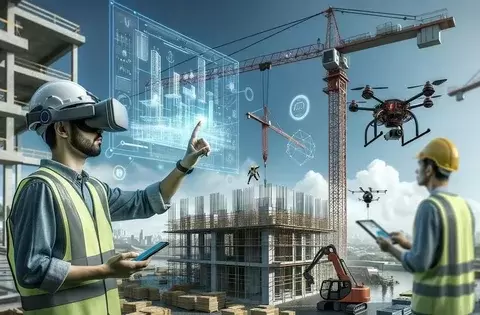Transforming the AEC Industry with VR4BIM
Article by Ann Published on 31 Mar 2025

Enhanced Visualization:
Allows designers, architects, and clients to experience the project in a fully immersive 3D environment.
Provides an accurate representation of the project, helping stakeholders understand and identify issues early in the process.
Improved Collaboration:
Teams can collaborate in real-time, offering feedback and making changes directly in the VR model, no matter where they are located.
Reduces misunderstandings by providing a tangible, visual reference point.
Risk Reduction:
Enables detection of potential issues such as design clashes, safety hazards, and spatial problems before construction begins.
Helps reduce costly mistakes and project delays by identifying problems earlier.
Client Engagement:
Clients can walk through their projects in virtual reality, offering a better understanding of the final outcome, resulting in higher satisfaction and fewer changes during construction.
Training & Safety:
VR simulations can be used for safety training, allowing workers to experience hazardous situations in a controlled, virtual environment.



 Subscribe to our newsletter
Subscribe to our newsletter
